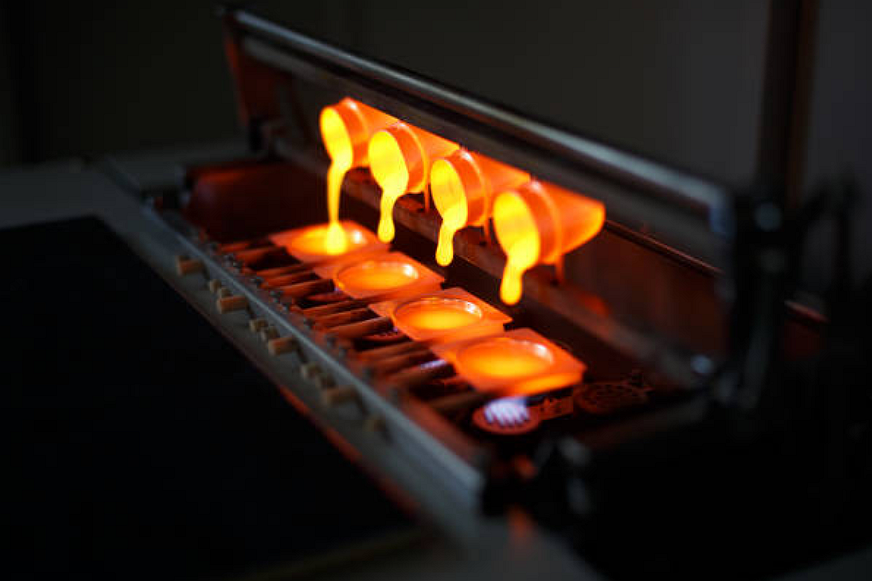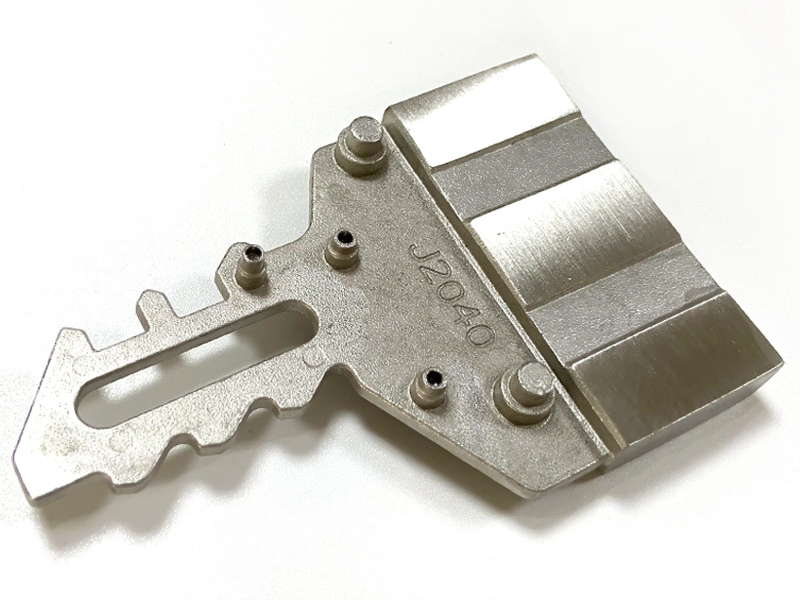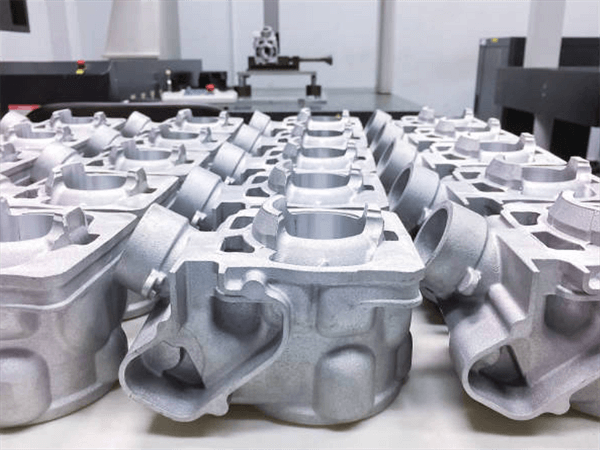How are technological advancements shaping the future of eco-smart gravity casting?
Introduction
The evolution of gravity casting is being redefined by digitalization, material innovation, and process automation. Eco-smart gravity casting integrates advanced control systems, simulation tools, and sustainable materials to minimize environmental impact while maintaining precision and mechanical integrity. This transformation is paving the way toward fully closed-loop manufacturing systems aligned with global sustainability goals.
Smart Manufacturing Processes
Modern foundries leverage CNC machining, prototyping, and rapid molding prototyping to achieve dimensional accuracy with minimal waste. Process simulation enables engineers to predict mold filling, cooling, and solidification, thereby reducing the need for trial iterations. The integration of sheet metal fabrication and investment casting supports hybrid manufacturing, where precision-cast components are combined with formed structures to achieve weight reduction and enhanced sustainability. Meanwhile, sand casting remains critical for low-volume development, now enhanced by additive-based mold printing that reduces tooling waste and shortens lead times.
Material Science Innovations
The future of eco-smart gravity casting relies on alloys designed for recyclability, reduced energy consumption during melting, and enhanced performance. Cast aluminum continues to dominate due to its high thermal conductivity and low density, but next-generation magnesium alloys are increasingly used in electric-mobility structures. High-efficiency copper alloys improve heat exchange systems for energy devices, while nickel-based alloys enable extreme-temperature performance in turbine and aerospace environments. Engineers are also optimizing alloy compositions to support circular recycling without compromising metallurgical stability.
Surface Treatments for Longevity
Advanced surface technologies such as anodizing and powder coating enhance corrosion resistance and extend component lifespan, reducing total lifecycle waste. Future coatings may incorporate nanoceramic layers for self-healing or low-friction functions. These treatments contribute to eco-efficiency by minimizing the need for frequent replacements and ensuring superior energy transfer efficiency in functional systems.
Digital Sustainability and Industry Adoption
The automotive industry is leading the adoption of digital twins and predictive maintenance, optimizing gravity-cast engine and drivetrain components for both weight and strength. In aerospace manufacturing, AI-driven process monitoring enhances consistency in critical parts, while energy sector applications focus on renewable infrastructure—such as wind turbine housings and heat recovery systems—produced with recycled metals. Smart foundries are embedding IoT sensors to track carbon output and integrating data-driven sustainability reporting across global supply chains.
Eco-smart gravity casting is no longer just a production upgrade—it represents a systemic shift toward data-centric, low-emission manufacturing that connects material science, process engineering, and environmental intelligence.



